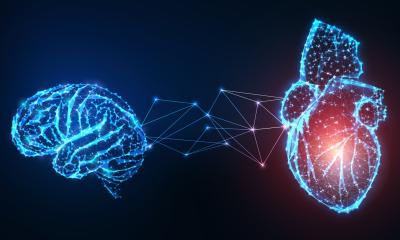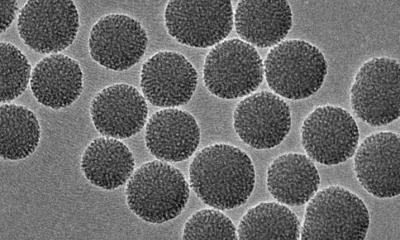How much is too much vitamin D?
When it comes to heart health - Hopkins research suggests more is not better and may cause harm
New research by Johns Hopkins scientists suggests that vitamin D, long known to be important for bone health and in recent years also for heart protection, may stop conferring cardiovascular benefits and could actually cause harm as levels in the blood rise above the low end of what is considered normal.

Study leader Muhammad Amer, M.D., an assistant professor in the division of general internal medicine at the Johns Hopkins University School of Medicine, says his findings show that increasing levels of vitamin D in the blood are linked with lower levels of a popular marker for cardiovascular inflammation — c-reactive protein (also known as CRP).
Amer and his colleague Rehan Qayyum, M.D., M.H.S., examined data from more than 15,000 adult participants in the continuous National Health and Nutrition Examination Survey, a nationally representative sample, from 2001 and 2006. They found an inverse relationship between vitamin D and CRP in adults without cardiovascular symptoms but with relatively low vitamin D levels. Healthier, lower levels of inflammation were found in people with normal or close to normal vitamin D levels. But beyond blood levels of 21 nanograms per milliliter of 25-Hydroxyvitamin D — considered the low end of the normal range for vitamin D — any additional increase in vitamin D was associated with an increase in CRP, a factor linked to stiffening of the blood vessels and an increased risk of cardiovascular problems.
“The inflammation that was curtailed by vitamin D does not appear to be curtailed at higher levels of vitamin D,” says Amer, whose newest finding appears in the Jan. 15 issue of the American Journal of Cardiology. “Clearly vitamin D is important for your heart health, especially if you have low blood levels of vitamin D. It reduces cardiovascular inflammation and atherosclerosis, and may reduce mortality, but it appears that at some point it can be too much of a good thing.”
Amer says consumers should exercise caution before taking supplements and physicians should know the potential risks. Each 100 international unit of vitamin D ingested daily produces about a one nanogram per milliliter increase 25-Hydroxyvitamin D levels in the blood. “People taking vitamin D supplements need to be sure the supplements are necessary,” Amer says.
“Those pills could have unforeseen consequences to health even if they are not technically toxic.”
Amer and Qayyum, also an assistant professor in the division of general internal medicine at Hopkins, say the biological and molecular mechanisms that account for the loss of cardiovascular benefits are unclear.
Vitamin D is often called the “sunshine vitamin” because its primary source is the sun. It is found in very few foods, though commercially sold milk is usually fortified with it. As people spend more and more time indoors and slather their bodies with sunscreen, concern is rising that many are vitamin D-deficient, Amer notes.
As a result, Amer says, many doctors prescribe vitamin D supplements, and many consumers, after reading news stories about the vitamin’s benefits, dose themselves. Older women often take large doses to fight and prevent osteoporosis.
05.01.2012










